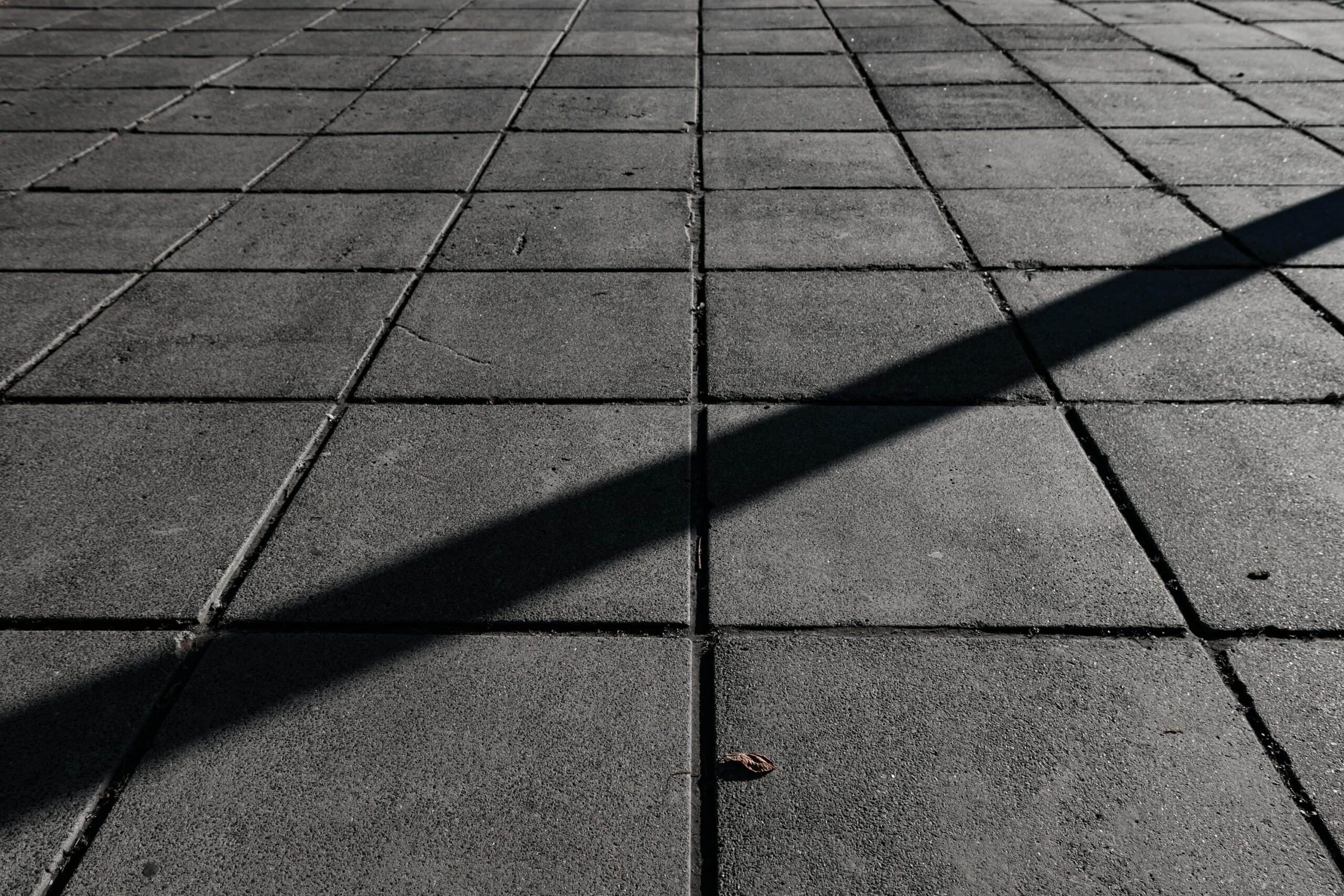Taking on a concrete flooring project can be an intimidating but rewarding DIY endeavor that can save thousands in contractor costs. Before starting, you need to know: What are essential concrete floor supplies for a DIY project?
The essential supplies for a DIY concrete floor project include concrete mix, reinforcement materials (rebar or wire mesh), forms/edging, a concrete mixer, finishing tools (float, trowel, edger), and safety equipment (gloves, goggles, boots).
While these are the basic supplies needed, it’s crucial to keep reading because the specific types and quantities of materials required can vary significantly based on your project’s size, location (indoor/outdoor), and intended use of the floor. Understanding these variations will help you avoid costly mistakes and ensure you purchase exactly what you need.
How Do I Calculate The Right Amount Of Concrete Floor Supplies?
To determine the correct quantity of materials, first calculate the square footage of your project by multiplying the length by width. For concrete mix, you’ll typically need about one 80-pound bag per 20 square feet for a 4-inch thick slab. Ordering ready-mix concrete by the cubic yard might be more practical for larger areas.
For reinforcement materials, plan on wire mesh or rebar covering the entire area with proper overlap. Purchase about 10% extra to account for overlapping and potential mistakes. Forms and edging should match the perimeter length plus an extra 10% for safety.
What Tools Do I Need Based On My Concrete Floor’s Location?
Indoor and outdoor concrete floors require slightly different toolsets. Indoor projects typically need additional supplies for dust control, including plastic sheeting for containment and a wet-dry vacuum. You’ll also need concrete sealers specifically rated for indoor use.
Outdoor projects require additional tools for grading and drainage, such as levels, stakes, and string lines. You’ll also need weather-resistant forms and potentially concrete additives to handle temperature extremes during curing.
How Do Different Floor Uses Affect Required Supplies?
A garage floor needs different supplies than a basement floor or patio. Garage floors typically require additional materials for enhanced durability, such as fiber reinforcement additives and specific sealers that resist oil and chemical spills.
For living spaces, you might need decorative supplies like concrete stains, stamps, or polishing equipment. Patios and walkways require supplies for texturing to prevent slipping, such as brooming tools or anti-slip additives.
Pool decks and areas exposed to freeze-thaw cycles need specific additives for weather resistance and safety. Consider adding air-entraining admixtures and slip-resistant finishes for these applications.
What Safety Equipment Is Essential For A Concrete Floor Project?
Concrete work requires comprehensive safety gear to protect against chemical burns, dust inhalation, and physical injury. At a minimum, you need waterproof gloves, safety goggles, a respirator mask rated for concrete dust, steel-toed boots, and knee pads for finishing work.
Long sleeves and pants are crucial, as wet concrete can cause severe chemical burns on exposed skin. Keep a supply of pH-neutral soap and clean water nearby to immediately wash off any concrete that contactsthe skin. First aid supplies should include eye wash solution and burn treatment materials.
What Are The Most Common DIY Concrete Floor Mistakes To Avoid?
Adding too much water to the concrete mix is one of the most frequent and damaging mistakes. Excess water weakens the concrete and leads to cracking and dusting. Always follow manufacturer mixing ratios precisely, even if the mix seems stiff.
Poor subgrade preparation is another critical error. The ground beneath must be properly compacted and level. Skipping proper subgrade work leads to uneven settling and cracking. Additionally, rushing the curing process by not keeping the concrete moist for several days will result in a weaker floor.
Forgetting to install proper control joints or placing them incorrectly often leads to random cracking. Control joints should be cut to a depth of ¼ the slab thickness and spaced according to the slab thickness and overall dimensions.
Taking The First Step To Your Concrete Project
Before purchasing any concrete floor supplies, take the time to create a detailed project plan that includes your exact measurements, intended floor use, and location-specific requirements. This planning step will ensure you buy the right quantities and types of materials the first time around, saving you both money and multiple trips to the store. Once you have your comprehensive list, you can confidently acquire your supplies and tackle your concrete floor project with the right tools.

